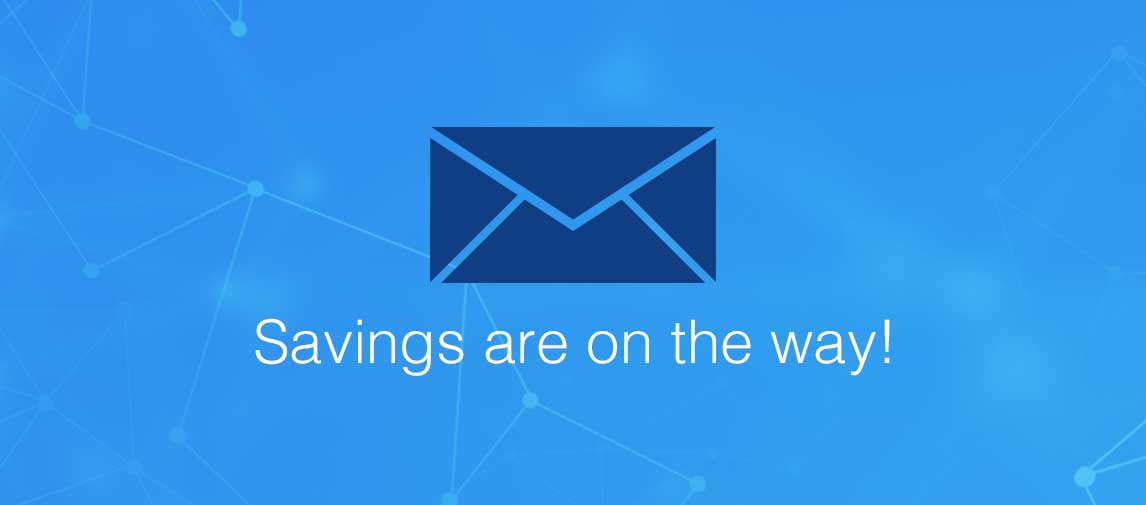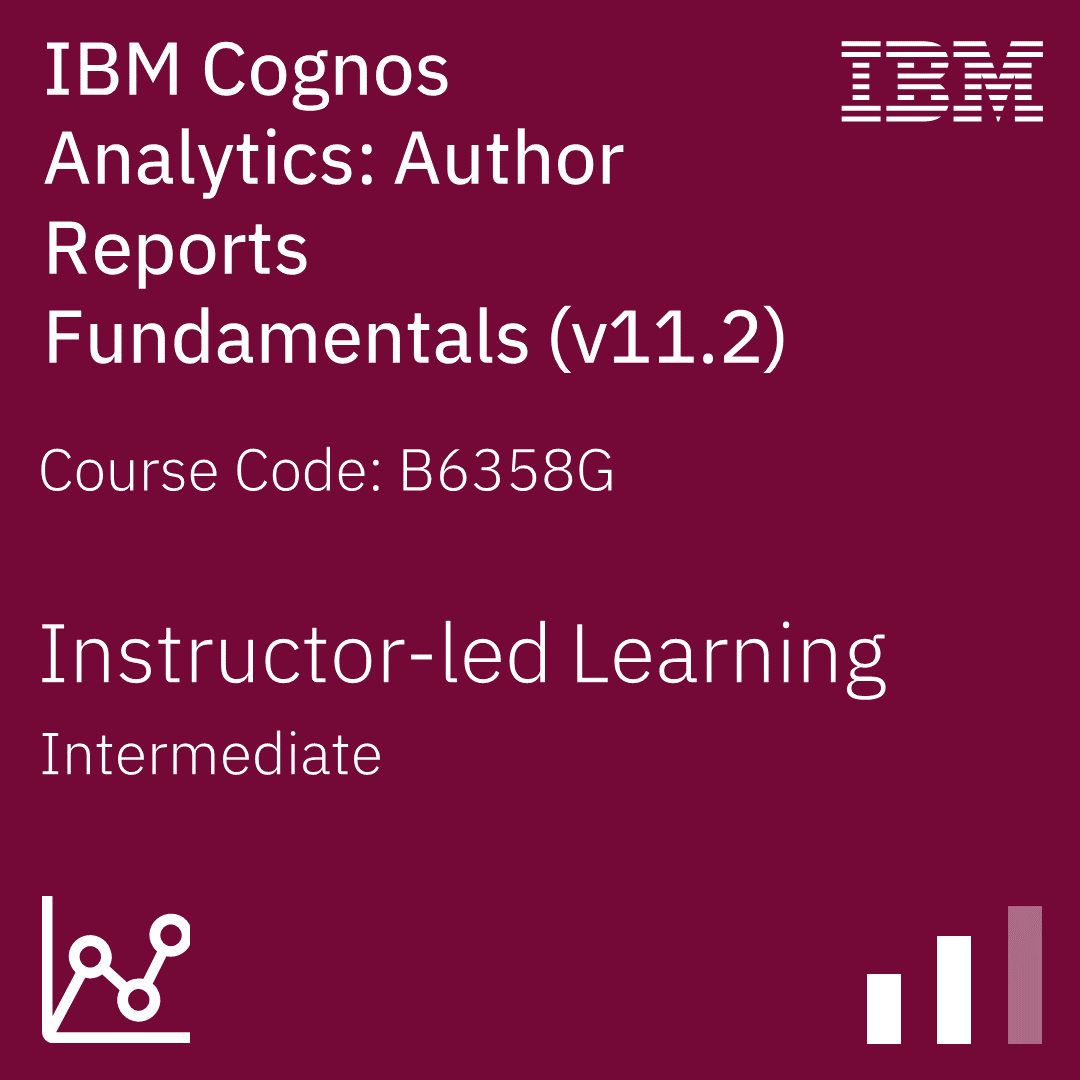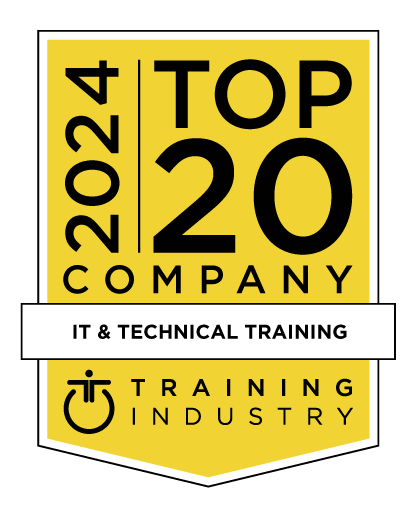title
Please take a moment to fill out this form. We will get back to you as soon as possible.
All fields marked with an asterisk (*) are mandatory.
IBM Cognos Analytics: Author Reports Fundamentals (v11.2)
Course Description
Overview
Students will explore IBM Cognos Analytics report authoring and different report object types (list, crosstab, chart, visualization, etc.). They will also create and format reports using grouping, headers, footers, and other formatting options. Also covered is the ability to focus reports by filtering data and using prompts. Students will learn to add value to reports using calculations and additional report-building techniques as well as how to enhance reports with advanced formatting and exceptional data highlighting.
Objectives
Introduction to IBM Cognos Analytics - Reporting
- Examine IBM Cognos Analytics
- Reporting and its interface
- Explore different report types
- Create reports in preview or design mode
- Create a simple, sorted, and formatted report
- Examine dimensionally modeled and dimensional data sources
- Explore how data items are added queries
- Examine personal data sources and data modules
Examine data tables and list reports
- Create a data table
- Group, format, and sort list reports
- Describe options for aggregating data
- Create a multi-fact query
- Create a report with repeated data
Create crosstab reports
- Format and sort crosstab reports
- Create complex crosstabs using drag and drop functionality
- Create crosstabs using unrelated data items
Create visualization reports
- Understand visualization categories
- Create and customize visualizations
- Understand client-side visualizations
- Create enhanced map visualizations
Focus reports using filters
- Create filters to narrow the focus of reports
- Examine detail and summary filters
- Determine when to apply filters on aggregate data
Focus reports using prompts
- Identify various prompt types
- Use parameters and prompts to focus data
- Search for prompt types
- Navigate between pages
Extend reports using calculations
- Create calculations based on data in the data source
- Add run-time information to the reports
- Create expressions using functions
Customize reports with conditional formatting
- Create multilingual reports
- Highlight exceptional data
- Show and hide data
- Conditionally render objects in reports
Drill-through definitions
- Introduction to drill-through definitions
- Navigating to related data
- Introduction to bookmark references
Enhance report layout
- Force page breaks in reports
- Format data and report objects
- Modify existing report structures
Use additional report building techniques
- Enhance report design with report objects
- Add objects to reports
- Convert a list to a crosstab
- Reuse objects within the same report
- Share layout components among separate reports
- Choose options to handle reports with no available data
Audience
Report Authors
Prerequisites
- Knowledge of your business requirements
- Experience using IBM Cognos Analytics as a consumer
Topics
Introduction to IBM Cognos Analytics - Reporting
- Examine IBM Cognos Analytics
- Reporting and its interface
- Explore different report types
- Create reports in preview or design mode
- Create a simple, sorted, and formatted report
- Examine dimensionally modeled and dimensional data sources
- Explore how data items are added queries
- Examine personal data sources and data modules
Examine data tables and list reports
- Create a data table
- Group, format, and sort list reports
- Describe options for aggregating data
- Create a multi-fact query
- Create a report with repeated data
Create crosstab reports
- Format and sort crosstab reports
- Create complex crosstabs using drag and drop functionality
- Create crosstabs using unrelated data items
Create visualization reports
- Understand visualization categories
- Create and customize visualizations
- Understand client-side visualizations
- Create enhanced map visualizations
Focus reports using filters
- Create filters to narrow the focus of reports
- Examine detail and summary filters
- Determine when to apply filters on aggregate data
Focus reports using prompts
- Identify various prompt types
- Use parameters and prompts to focus data
- Search for prompt types
- Navigate between pages
Extend reports using calculations
- Create calculations based on data in the data source
- Add run-time information to the reports
- Create expressions using functions
Customize reports with conditional formatting
- Create multilingual reports
- Highlight exceptional data
- Show and hide data
- Conditionally render objects in reports
Drill-through definitions
- Introduction to drill-through definitions
- Navigating to related data
- Introduction to bookmark references
Enhance report layout
- Force page breaks in reports
- Format data and report objects
- Modify existing report structures
Use additional report building techniques
- Enhance report design with report objects
- Add objects to reports
- Convert a list to a crosstab
- Reuse objects within the same report
- Share layout components among separate reports
- Choose options to handle reports with no available data
Recognition
When you complete the Instructor-Led version of this course, you will be eligible to earn a Training Badge that can be displayed on your website, business cards, and social media channels to demonstrate your mastery of the skills you learned here.
Learn more about our Data Reporting Badge Program →Related Courses
-
Overview of IBM Cognos Analytics (v11.2)
B6308G- Duration: 8 Hours
- Delivery Format: Classroom Training, Online Training
- Price: 895.00 USD
-
Overview of IBM Cognos Analytics (V11.2)
J4308GS- Duration: 8 Hours
- Delivery Format: Self-Paced Training
- Price: 582.00 USD
Self-Paced Training Info
Learn at your own pace with anytime, anywhere training
- Same in-demand topics as instructor-led public and private classes.
- Standalone learning or supplemental reinforcement.
- e-Learning content varies by course and technology.
- View the Self-Paced version of this outline and what is included in the SPVC course.
- Learn more about e-Learning
Course Added To Shopping Cart
bla
bla
bla
bla
bla
bla
Self-Paced Training Terms & Conditions
This is a Self-Paced virtual class; it is intended for students who do not need the support of a classroom instructor.
If you feel you would better benefit from having access to a Subject Matter Expert, please enroll in the Instructor-Led version instead. Minimal technical support is provided to address issues with accessing the platform or problems within the lab environment.
Before you enroll, review the system requirements to ensure that your system meets the minimum requirements for this course. AFTER YOU ARE ENROLLED IN THIS COURSE, YOU WILL NOT BE ABLE TO CANCEL YOUR ENROLLMENT. You are billed for the course when you submit the enrollment form. Self-Paced Virtual Classes are non-refundable. Once you purchase a Self-Paced Virtual Class, you will be charged the full price.
After you receive payment confirmation from LearnQuest, you will be sent further access instructions and time limits for your course from IBM.
IMPORTANT!!! If your course provides access to a hands-on lab (Virtual Lab Environment), you will have a specific number of days (varies course by course) on the remote lab platform to complete your hands-on labs. Do not start your lab until you are ready to use your lab time effectively. Time allotted in the virtual lab environment will be indicated once you log into your course. The self-paced format gives you the opportunity to complete the course at your convenience, at any location, and at your own pace. The course is available 24 hours a day.
If the course requires a remote lab system, the lab system access is allocated on a first-come, first-served basis. When you are not using the elab system, ensure that you suspend your elab to maximize your hours available to use the elab system. Note: This does not add additional days to your Lab Environment time frame.
Click the Skytap Connectivity Test button to ensure this computer's hardware, software and internet connection works with the SPVC Lab Environment.
Click the Skytap Connectivity Documentation button to read about the hardware, software and internet connection requirements.
Exam Terms & Conditions
Sorry, there are no classes that meet your criteria.
Please contact us to schedule a class.

STOP! Before You Leave
Save 0% on this course!
Take advantage of our online-only offer & save 0% on any course !
Promo Code skip0 will be applied to your registration
Purchase Information
title
Please take a moment to fill out this form. We will get back to you as soon as possible.
All fields marked with an asterisk (*) are mandatory.










